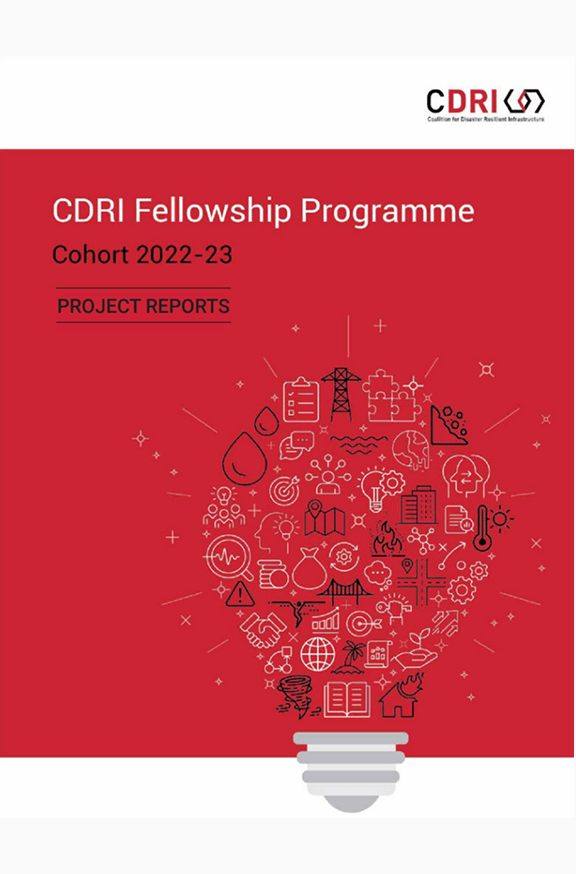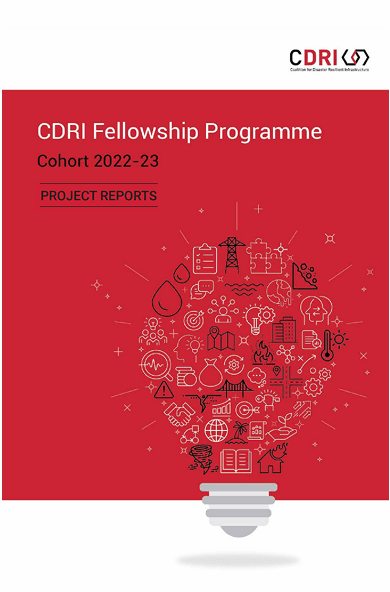CDRI Fellowship Programme 2022–23 supported 14 global projects enhancing infrastructure resilience to climate and disaster risks.
Key innovations include Chile’s multi-hazard rural road guidelines, Peru’s floating community platform for water and energy access, and Canada’s constructed wetlands for wastewater resilience. Bhutan’s power grid vulnerability mapping utilised drones and GIS, while Bangladesh’s healthcare infrastructure was benchmarked against that of Japan. India developed fibre-optic sensors for early warnings and flood-resilient bridge designs. Nature-based solutions were piloted in Jamaica, and Japan modelled bridge network restoration. Australia improved fire resilience in timber buildings. Machine learning frameworks assessed post-disaster damage and guided financial recovery decisions. India’s heritage minarets were evaluated for seismic vulnerability using AI.
This synthesis report captures these projects emphasizing interdisciplinary approaches, data-driven tools, and scalable frameworks for resilient infrastructure.
Key points
- Chile developed rural road guidelines using multi-hazard risk assessment tools.
- Peru designed floating platforms with rainwater, solar, and telecom systems.
- Canada tested wetlands for wastewater resilience during extreme rainfall events.
- Japan used vibration monitoring to detect bridge scour in real-time.
- Bhutan mapped power grid vulnerabilities using drones and GIS analytics.
- Bangladesh benchmarked healthcare cyclone resilience using a scoring framework.






